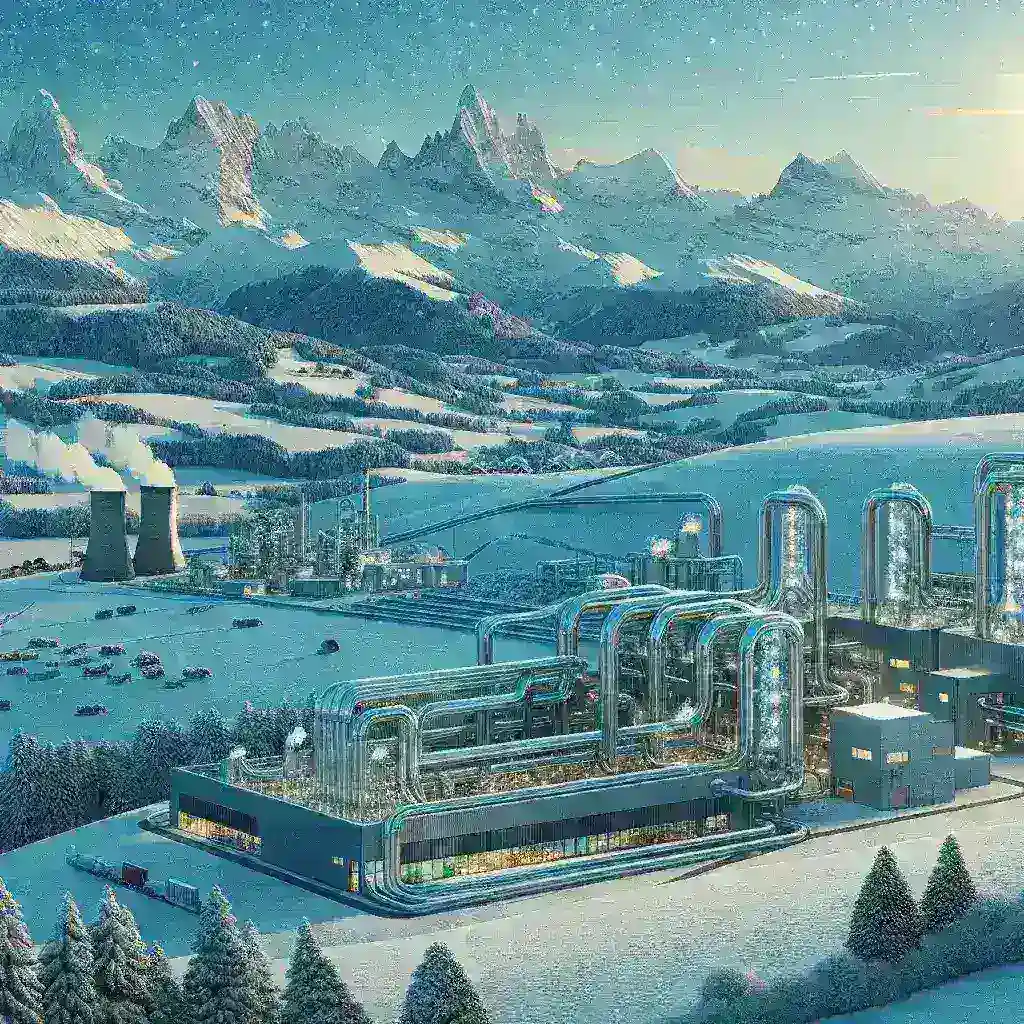Introduction
Waste heat is an often-overlooked resource, but in regions like the Nordics and Switzerland, it plays a pivotal role in energy efficiency and sustainability. This article examines how these regions have successfully implemented waste heat reuse strategies, the technology behind them, and their impact on energy consumption and environmental sustainability.
The Concept of Waste Heat Reuse
Waste heat refers to energy that is generated in a process but is not utilized. Typically, this heat is expelled into the environment, representing a significant energy loss. However, innovative systems have been developed to capture and reuse this energy, reducing reliance on traditional heating sources and enhancing overall energy efficiency.
Historical Context
The concept of waste heat recovery is not new, but its adoption has gained momentum in the last few decades, particularly in the Nordics and Switzerland. These regions are known for their commitment to sustainability and renewable energy sources, leading to early investments in waste heat recovery technologies.
Nordics: A Leader in Waste Heat Utilization
The Nordics, comprising countries like Sweden, Norway, Finland, and Denmark, have made significant strides in waste heat reuse. Cities such as Stockholm and Copenhagen exemplify how waste heat can be integrated into urban planning.
Case Study: Stockholm
In Stockholm, a district heating system utilizes waste heat from power plants and the sewage system to warm homes and businesses. This system not only reduces greenhouse gas emissions but also lowers heating costs for residents.
Switzerland: Innovation in Practice
Switzerland has also embraced waste heat reuse, particularly in its urban centers. The Swiss Federal Office of Energy has reported numerous instances where industrial waste heat is being converted into usable energy.
Case Study: Zurich
In Zurich, the city has implemented a network that captures waste heat from local data centers and transforms it into hot water for residential heating. This initiative has significantly reduced energy consumption and illustrates the potential for waste heat in urban environments.
Technological Advances Driving Waste Heat Reuse
The success of waste heat recovery systems in the Nordics and Switzerland can be attributed to several technological advancements:
- Heat Pumps: These devices extract heat from various sources and amplify it for use in heating systems.
- District Heating Systems: Centralized systems that distribute heat generated from various sources, including waste heat.
- Smart Grids: Enhanced electrical grid systems that optimize energy distribution and improve the integration of renewable energy sources.
Challenges in Implementation
While advancements in technology have propelled waste heat reuse, several challenges persist:
- Infrastructure Costs: Establishing the necessary infrastructure for waste heat recovery can be expensive, deterring some municipalities from pursuing these projects.
- Regulatory Hurdles: Complex regulations can impede the installation of waste heat recovery systems, especially in densely populated areas.
- Public Awareness: There is often a lack of understanding among the public regarding the benefits of waste heat reuse.
Future Prospects and Predictions
Looking ahead, the potential for waste heat reuse in the Nordics and Switzerland remains promising. As technology continues to evolve, the efficiency and effectiveness of waste heat recovery systems are expected to improve. Predictions for the next decade include:
- Increased Integration of Renewable Energy: Waste heat systems will likely become more integrated with solar and wind energy solutions, further reducing carbon footprints.
- Expansion of District Heating: More cities will adopt district heating systems that utilize waste heat from a variety of sources.
- Greater Investment in Research: Continued investment in research and development will drive innovation in waste heat recovery technologies.
Conclusion
Waste heat reuse is a critical element of sustainable energy practices in the Nordics and Switzerland. By harnessing this underutilized resource, these regions are not only reducing their carbon footprints but also setting a precedent for other nations to follow. As technology advances and awareness grows, the future of waste heat reuse looks bright, promising a more sustainable and energy-efficient world.

